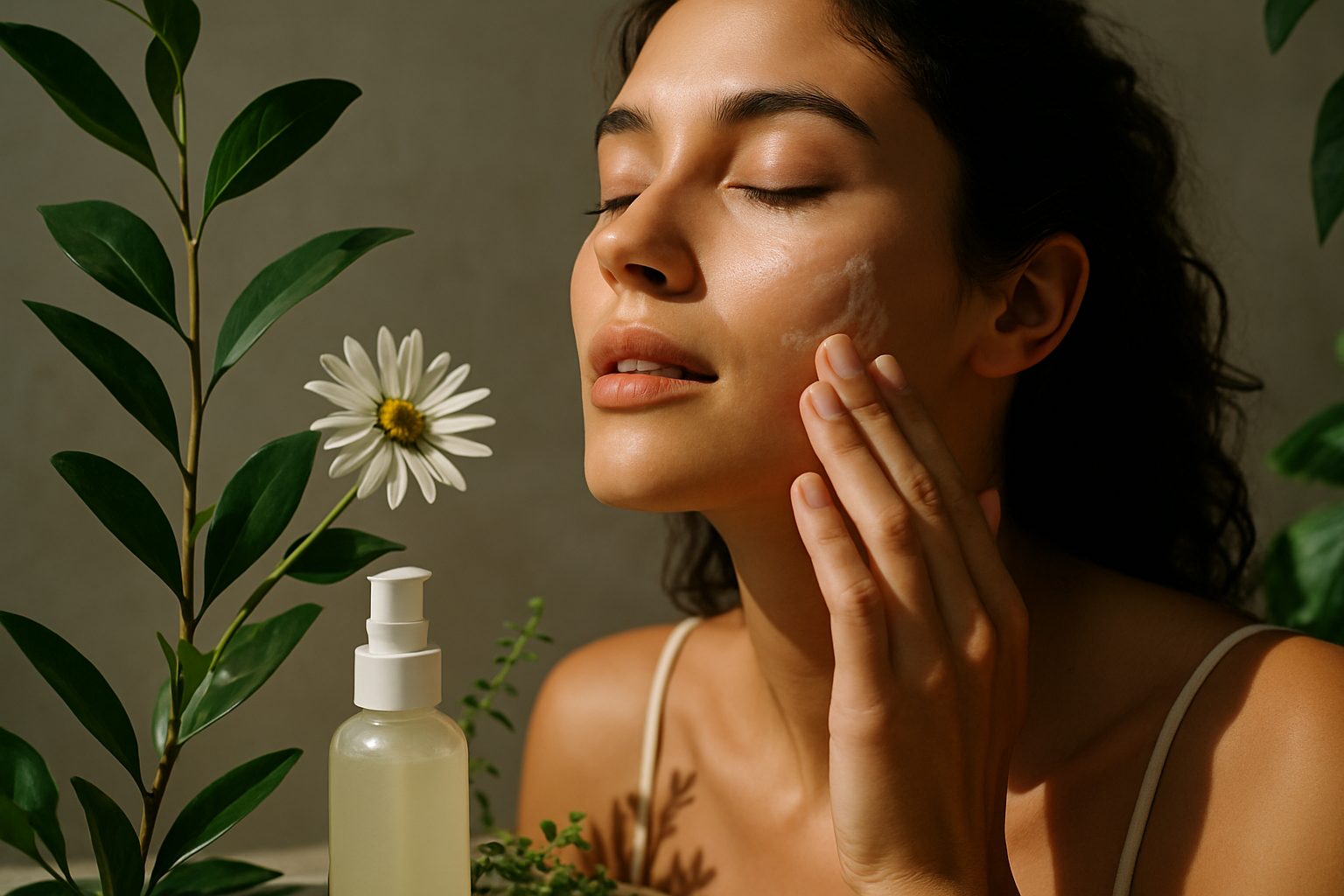The Evolution and Impact of Plant-Based Beauty Products
The beauty and fitness industry has seen a significant shift in recent years, with a growing emphasis on natural, organic, and plant-based products. This trend is not just a fad but a reflection of a broader societal shift towards sustainability and wellness. This article will delve into the history, current trends, and future prospects of plant-based beauty products.

The Roots of Plant-Based Beauty
The use of plants in beauty treatments is not a new phenomenon. For centuries, cultures worldwide have harnessed the power of plants for their medicinal and aesthetic properties. Ancient Egyptians used aloe vera for its healing properties, while in India, turmeric has been a staple in skincare for centuries. However, the commercialization of plant-based beauty products is a relatively recent development, spurred by increasing consumer awareness and demand for natural, non-toxic products.
The Green Beauty Revolution
The 21st century has seen a significant shift in consumer preferences, with a growing emphasis on natural, organic, and cruelty-free products. This has led to the rise of the ‘green beauty’ movement, which prioritizes products made from plant-based ingredients. According to market research firm Mintel, the global natural and organic beauty market is expected to reach $22 billion by 2024. This growth is driven by a combination of factors, including increasing consumer awareness about the harmful effects of synthetic ingredients, a growing emphasis on sustainability, and the rise of veganism.
The Power of Plants
Plant-based beauty products offer numerous benefits, both for the skin and the environment. They are typically free from harsh chemicals and synthetic ingredients, which can cause skin irritation and long-term health issues. Instead, they harness the power of nature, using ingredients like aloe vera, chamomile, and rosehip oil, known for their soothing, anti-inflammatory, and antioxidant properties.
Moreover, plant-based beauty products are typically more sustainable than their synthetic counterparts. They require fewer resources to produce, and their ingredients can often be sourced sustainably and ethically. This makes them a popular choice among eco-conscious consumers, who are increasingly seeking out products that align with their values.
The Future of Plant-Based Beauty
The future of plant-based beauty looks promising, with several trends indicating continued growth. One such trend is the rise of ‘clean beauty,’ which prioritizes products free from harmful chemicals and synthetic ingredients. Another is the growing emphasis on sustainability, with consumers increasingly seeking out products that are not only good for their skin but also for the planet.
Moreover, advances in technology and research are enabling the development of more effective and innovative plant-based beauty products. For example, biotechnology is being used to create plant-based alternatives to traditional ingredients, such as vegan collagen and plant-based retinol. These developments are likely to further fuel the growth of the plant-based beauty market in the coming years.
Conclusion
The rise of plant-based beauty products reflects a broader societal shift towards wellness, sustainability, and conscious consumption. As consumers become more educated about the ingredients in their beauty products and the impact of their purchasing decisions, the demand for natural, plant-based products is likely to continue to grow. With advances in technology and research, the future of plant-based beauty looks promising, offering exciting opportunities for innovation and growth.





